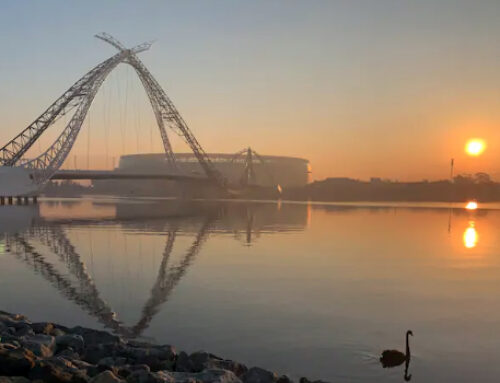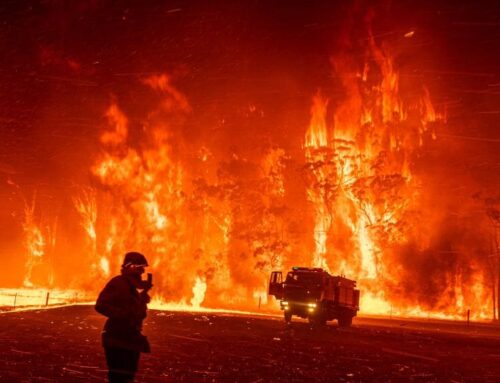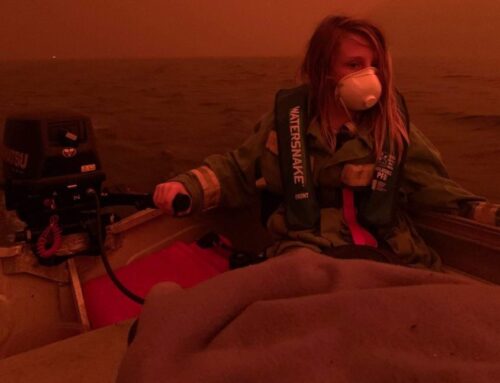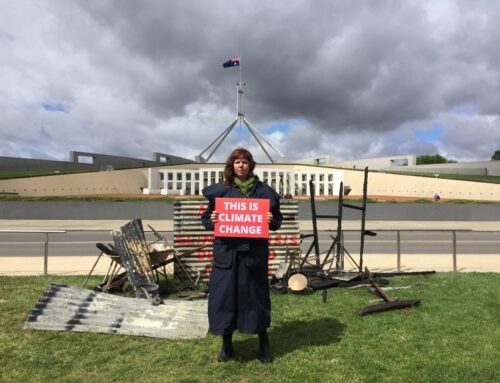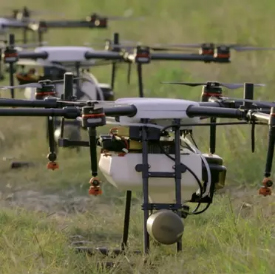 From creating hyper-detailed maps to delivering burritos and online shopping orders, companies are finding myriad ways to modify drone technology into commercial products.
From creating hyper-detailed maps to delivering burritos and online shopping orders, companies are finding myriad ways to modify drone technology into commercial products.
But this latest use of the tech could prove fruitful for bushfire affected communities and Australia’s natural world as the country comes to terms with the destruction wrought over the last few months.
Called AirSeed Technologies, this Australian startup is tackling the issue of reforestation and climate change from the sky, deploying drones to re-plant decimated swathes of the country.
The company, co-founded by mechanical engineer Andrew Walker (pictured right) and geo-spatial data expert Andries Louw (pictured left), has invented specialised tree-planting drones equipped with artificial and data-driven intelligence that is able tore-seed large ground areas.
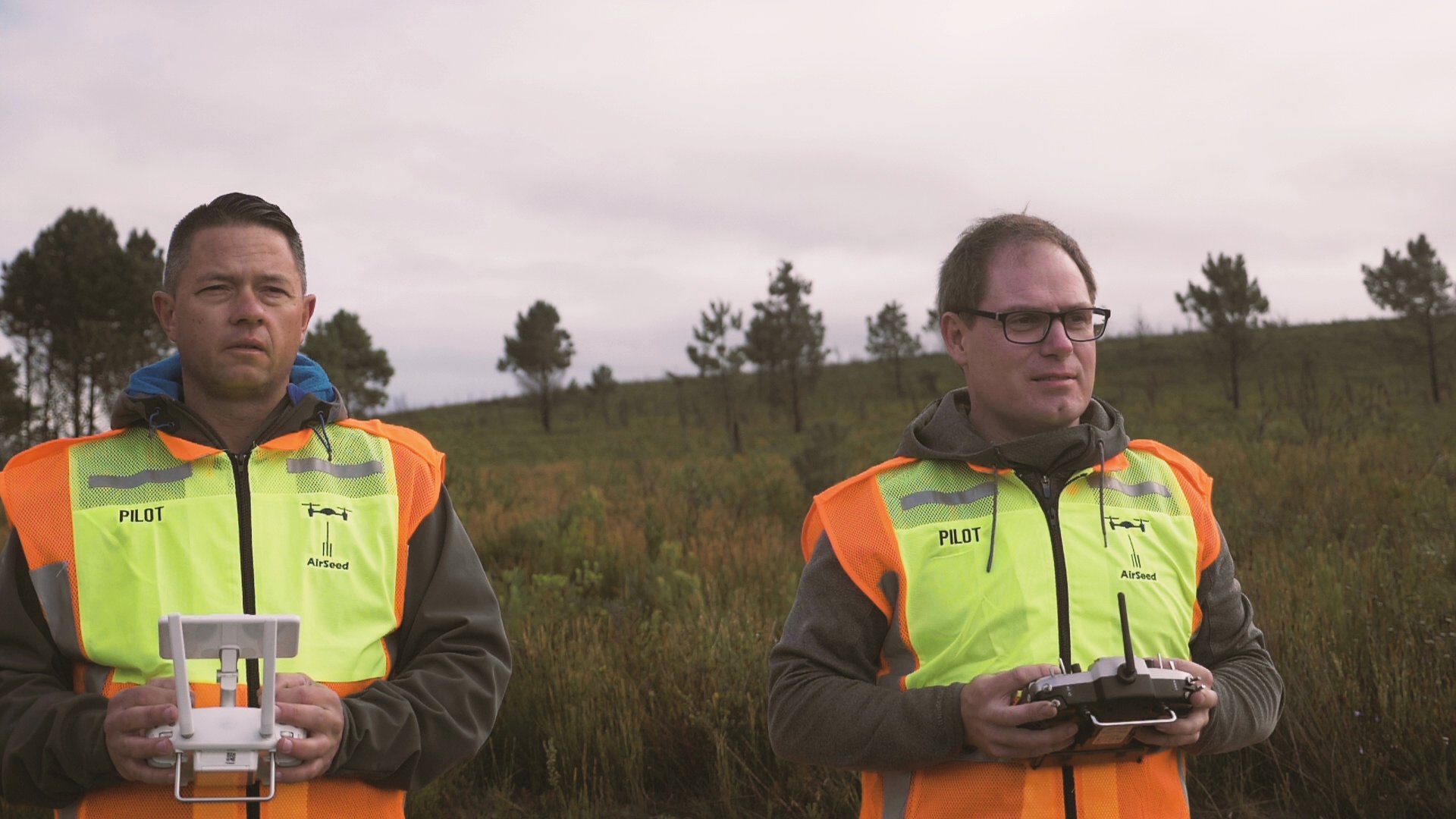 According to AirSeed the technology is able to plant two trees every second, representing approximately 40,000 trees a day.
According to AirSeed the technology is able to plant two trees every second, representing approximately 40,000 trees a day.
By using its unique payload system AirSeed has dubbed as a ‘Plodder’, seed pods can be dispersed 95 per cent faster than traditional planting methods.
According to Walker the startup was born from his and Louw’s personal drive for positive environmental impact.
“There is no denying the urgent need in Australia to rehabilitate the environment and reforest areas severely impacted by the bushfires,” says Walker.
“There has been a devastating loss of biodiversity and we are witnessing first-hand the effects of climate change and global warming. It is imperative we act now and AirSeed Technologies is part of the many solutions, offering new technology and innovation.”
The company is currently collaborating with the University of Technology Sydney to fast-track seedling development and research in order to hit its goal of being able to plant 100 million trees per year globally by 2023.
“AirSeed Technologies provides innovative technology that is required for a holistic, long-term approach to regenerate our land and promote habitat recovery,” says Walker.
“It is important to have manual, mechanical and aerial planting methods working together to restore what Australia has lost, and it needs to start immediately despite our weather and dry spells.”
“If we delay, there is an increased risk of further environmental complications like waterway pollution through topsoil erosion and ecological landscape change through specie eradication, that will ultimately impact native habitats for our wildlife.”
https://www.businessnewsaus.com.au/articles/could-this-startup-s-drone-technology-revive-bushfire-ravaged-australia-.html
David Simmons

